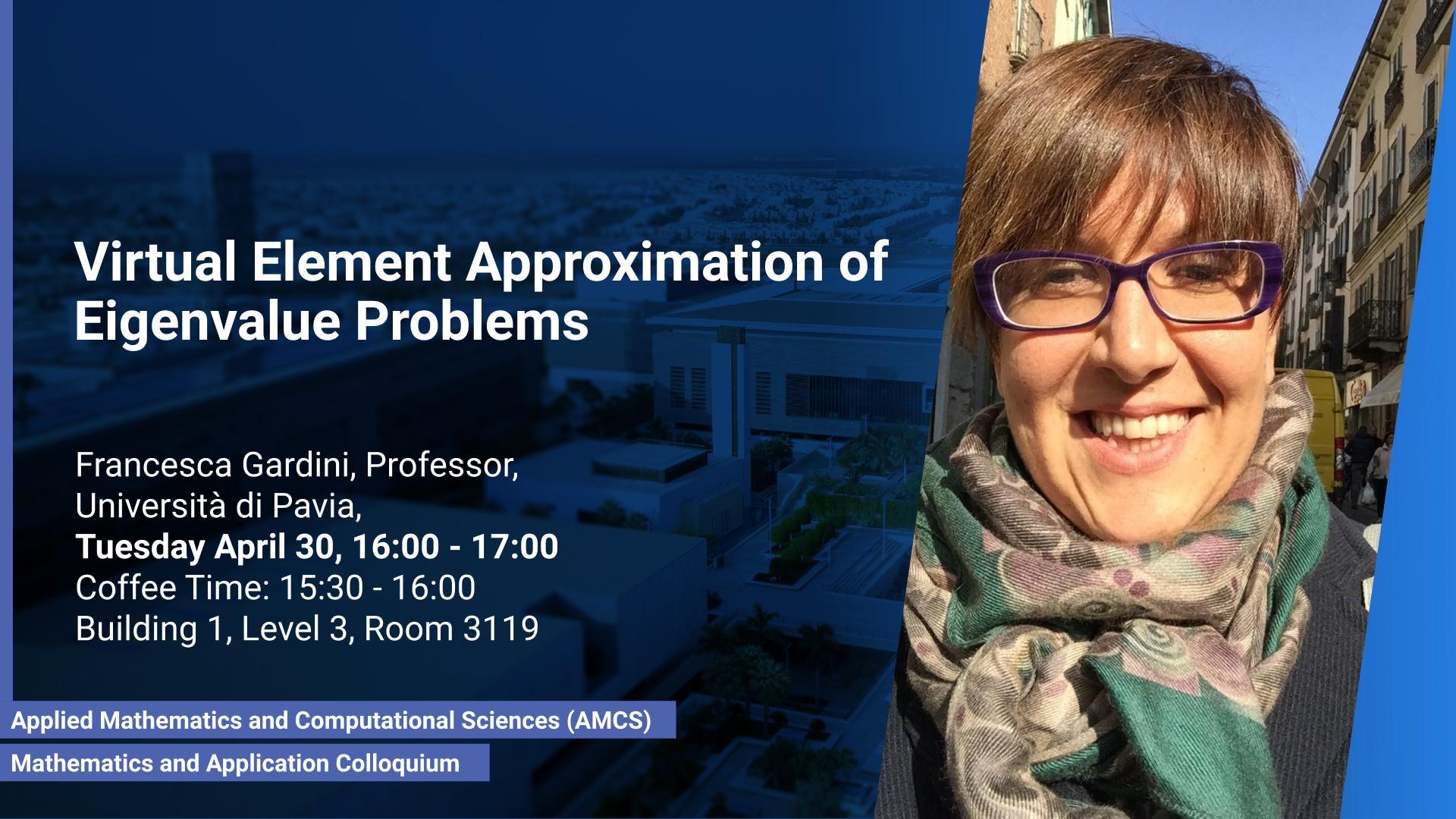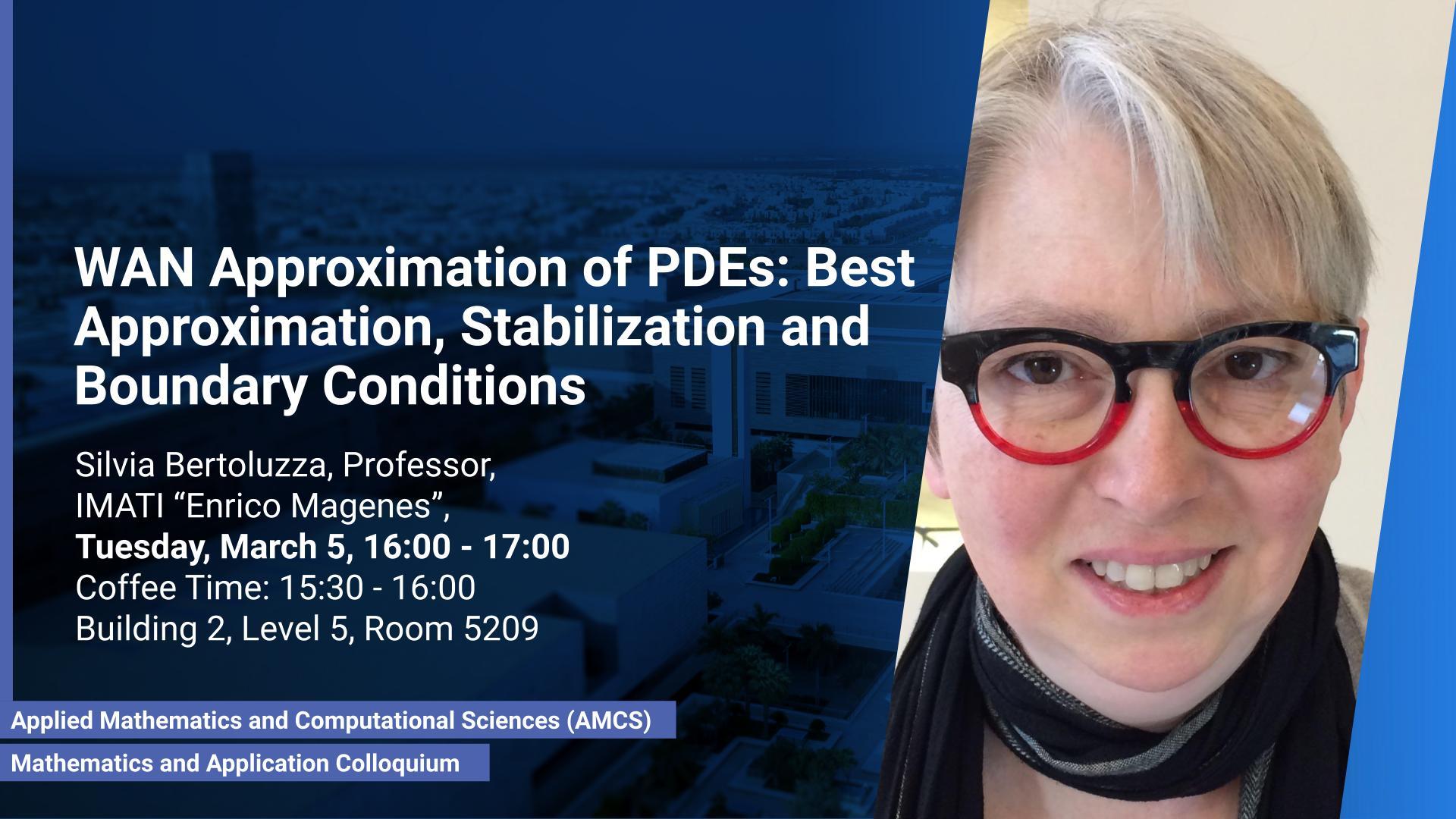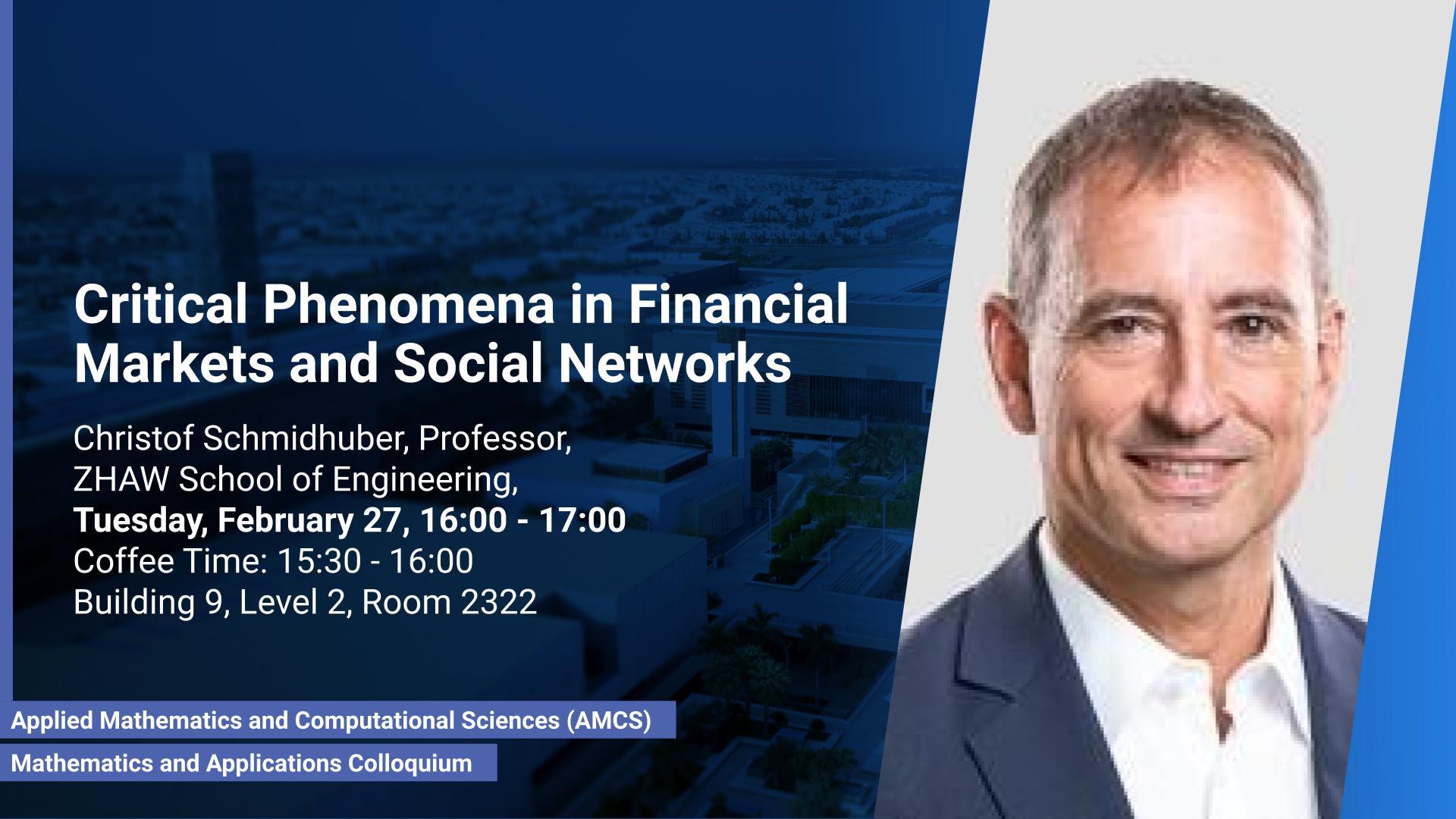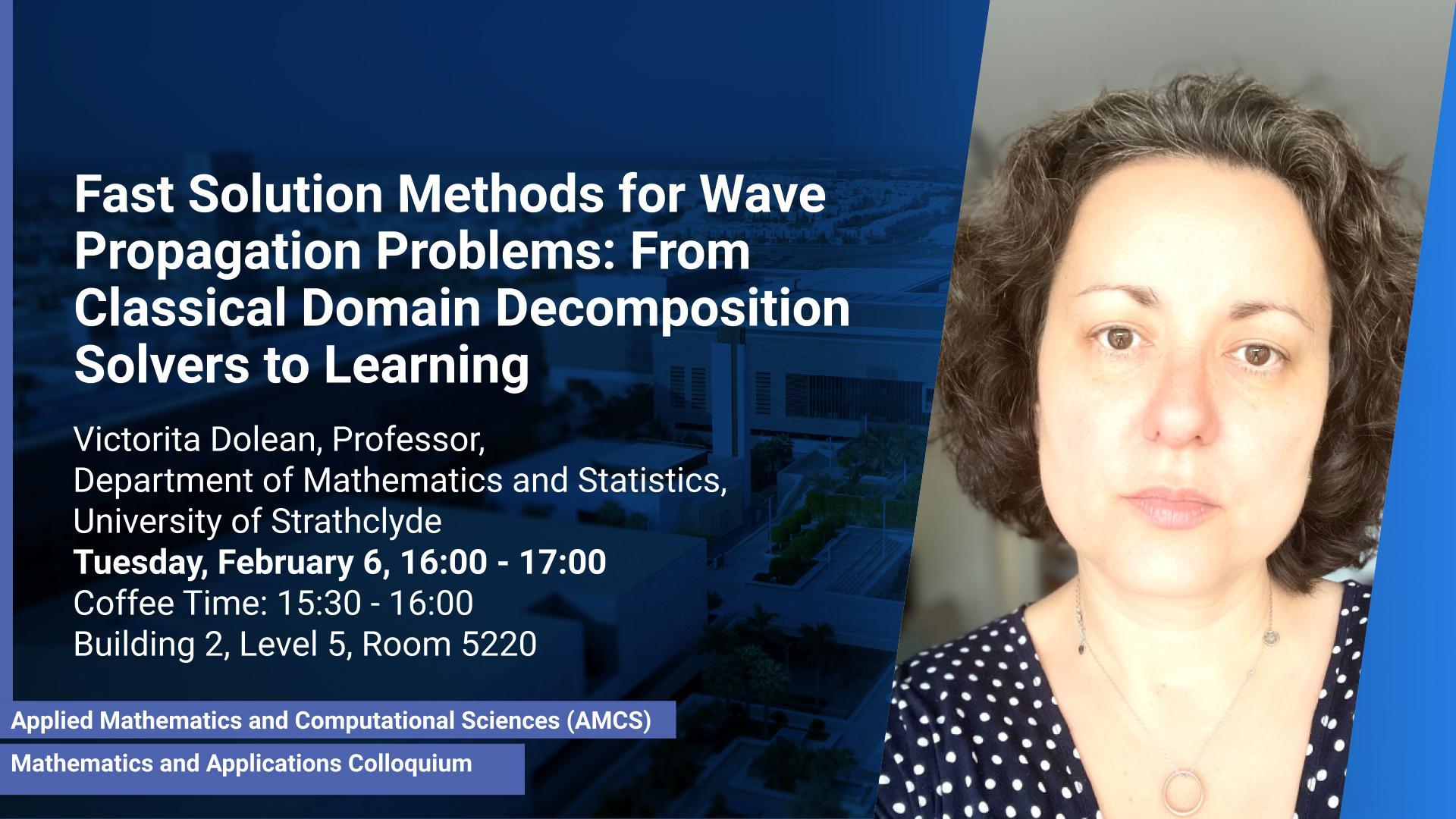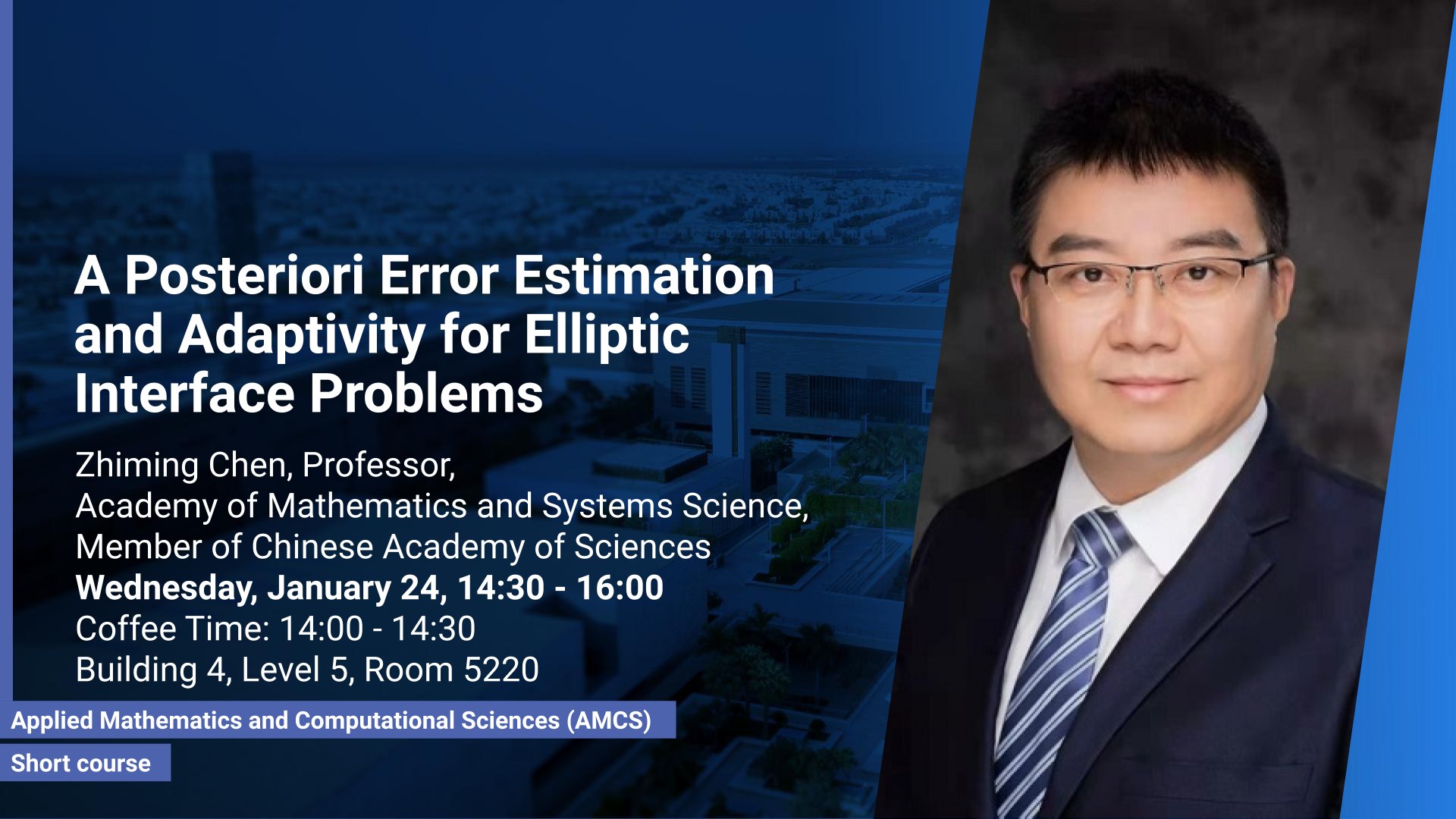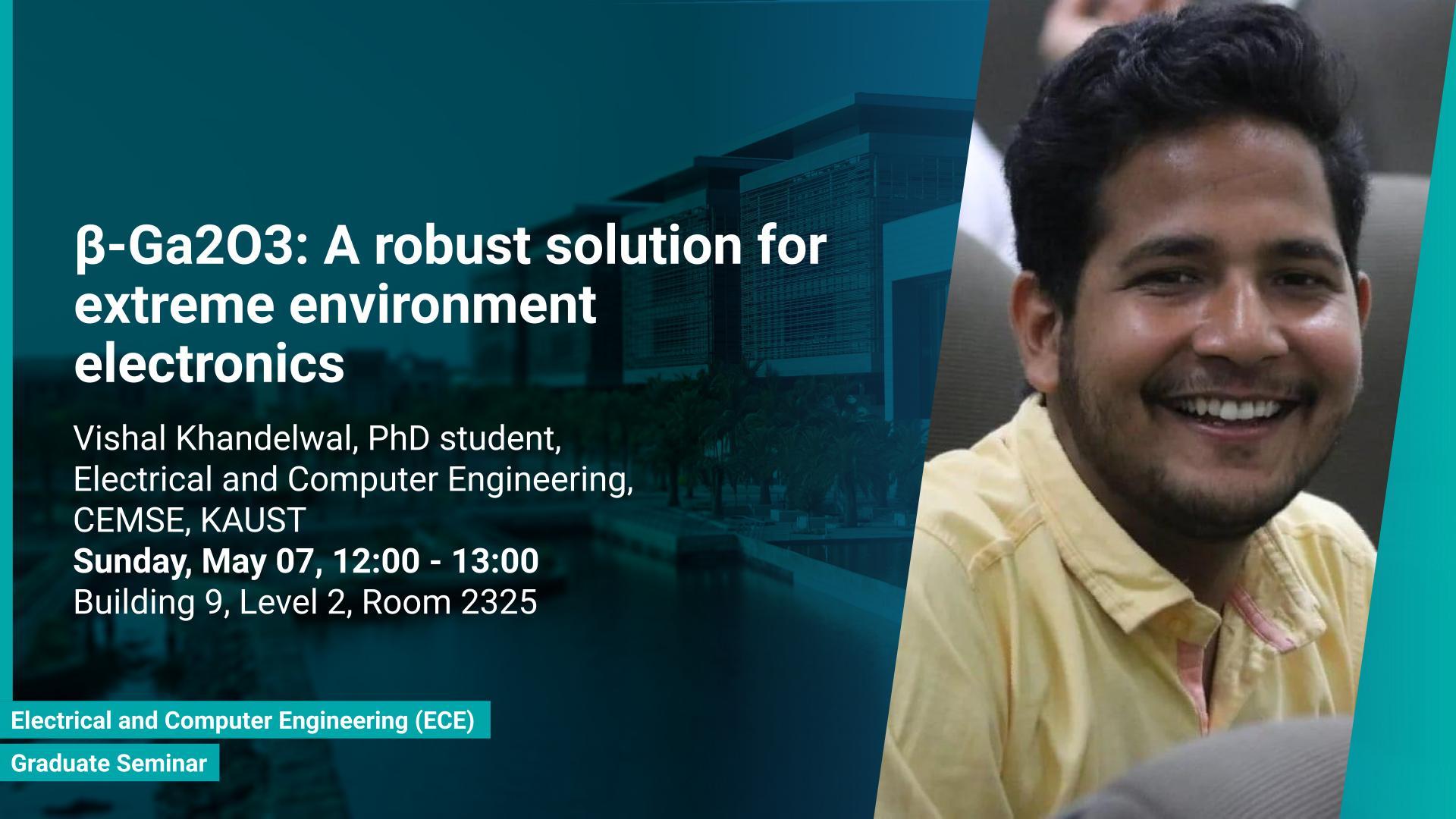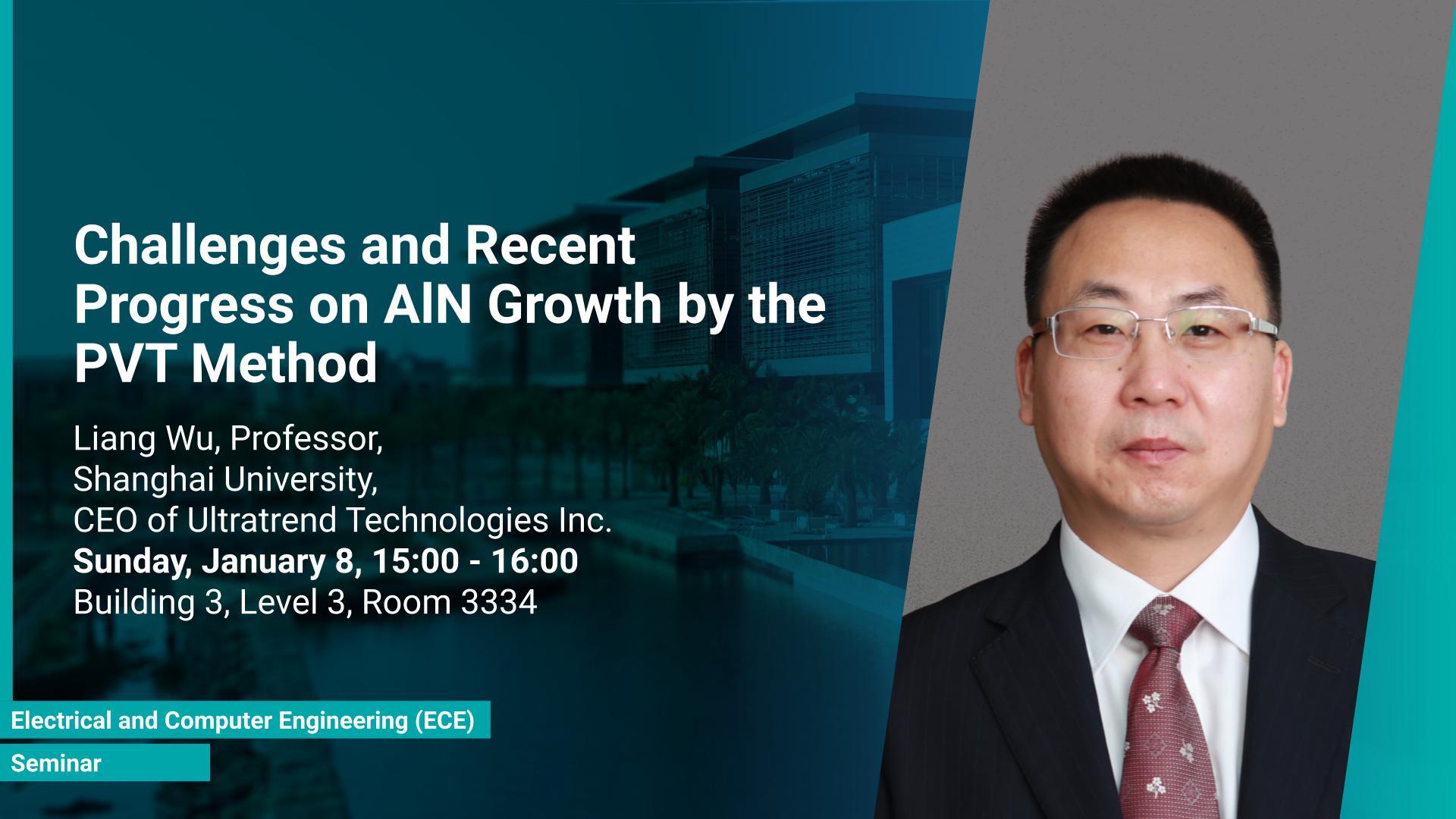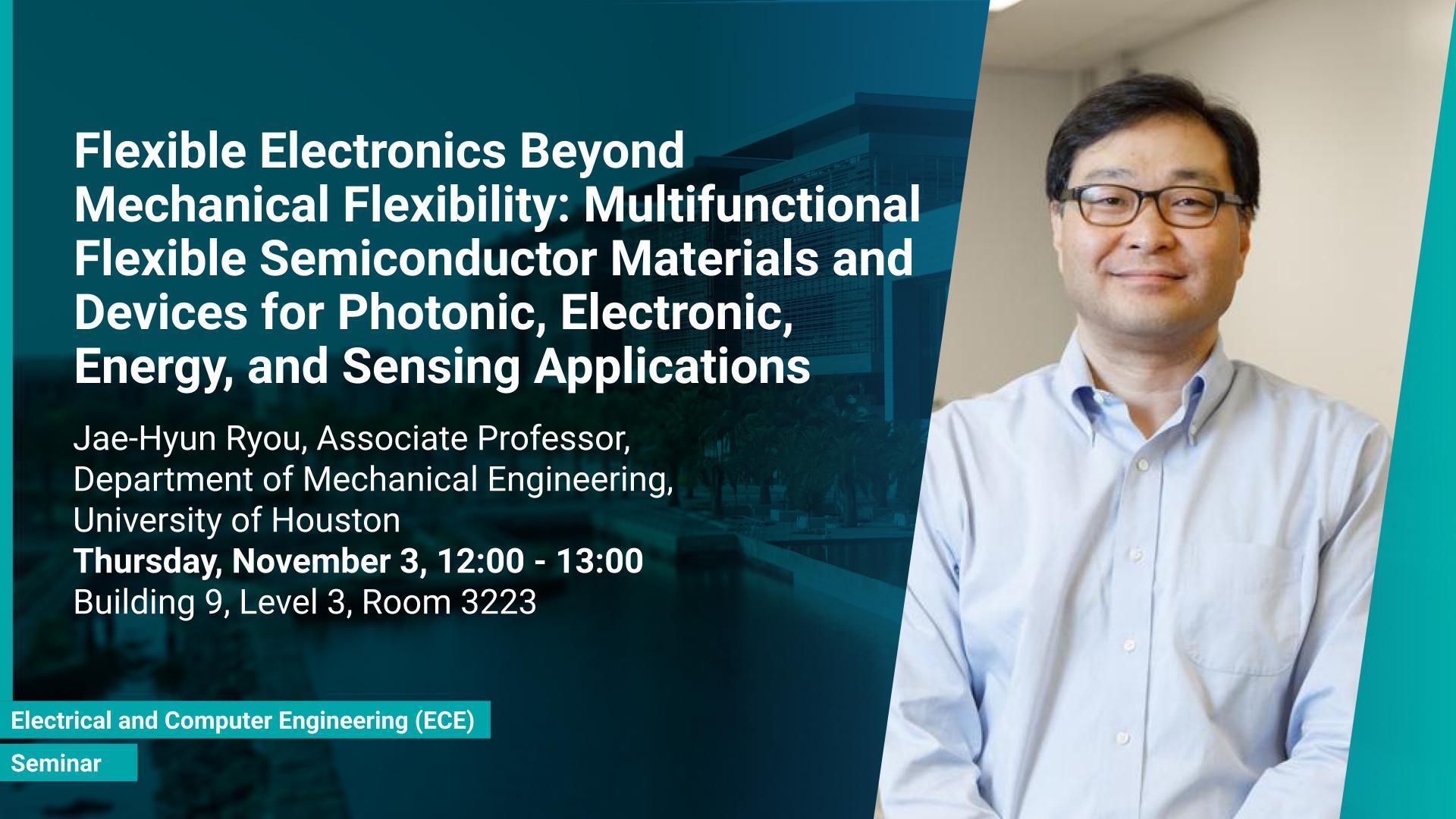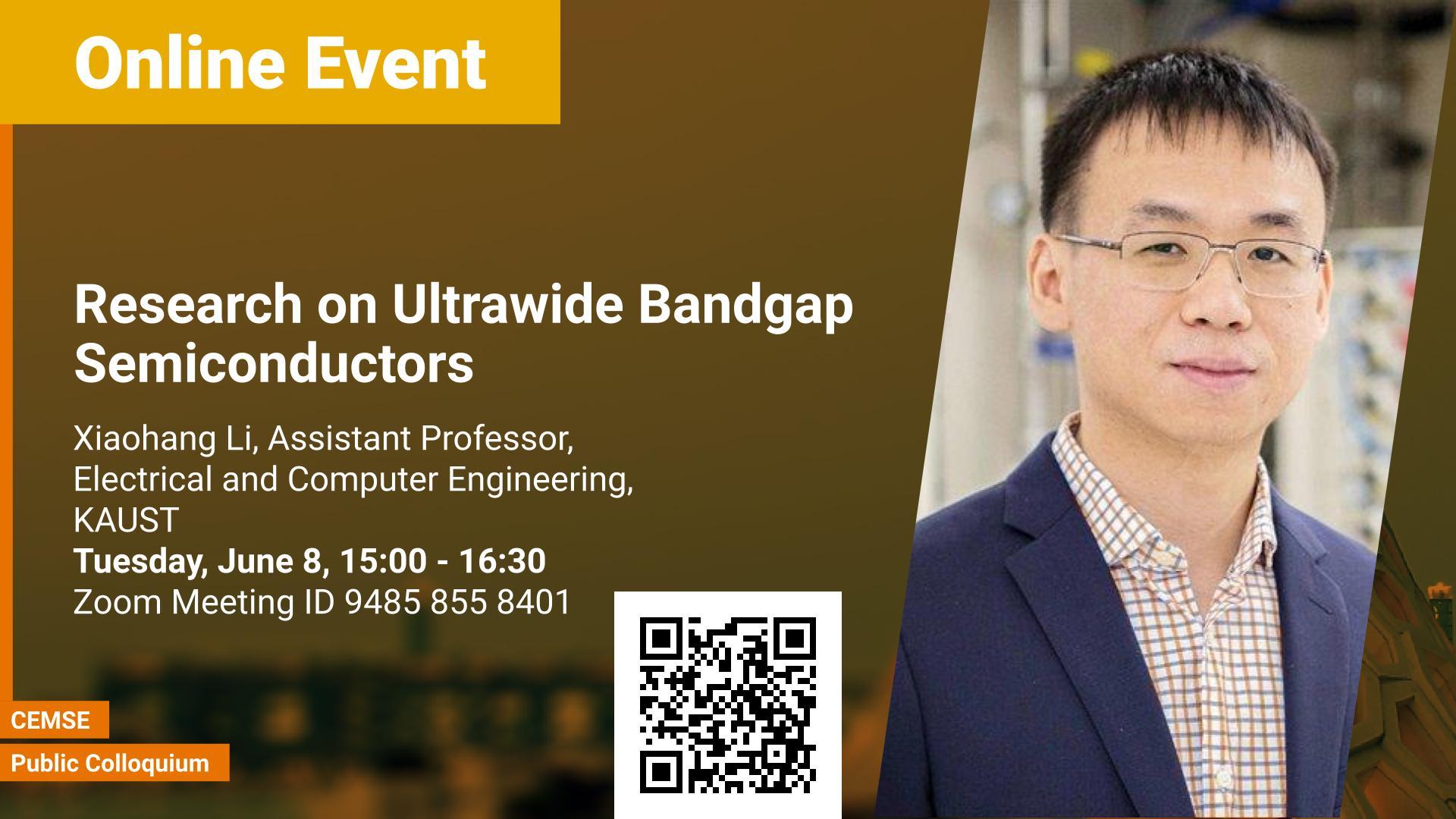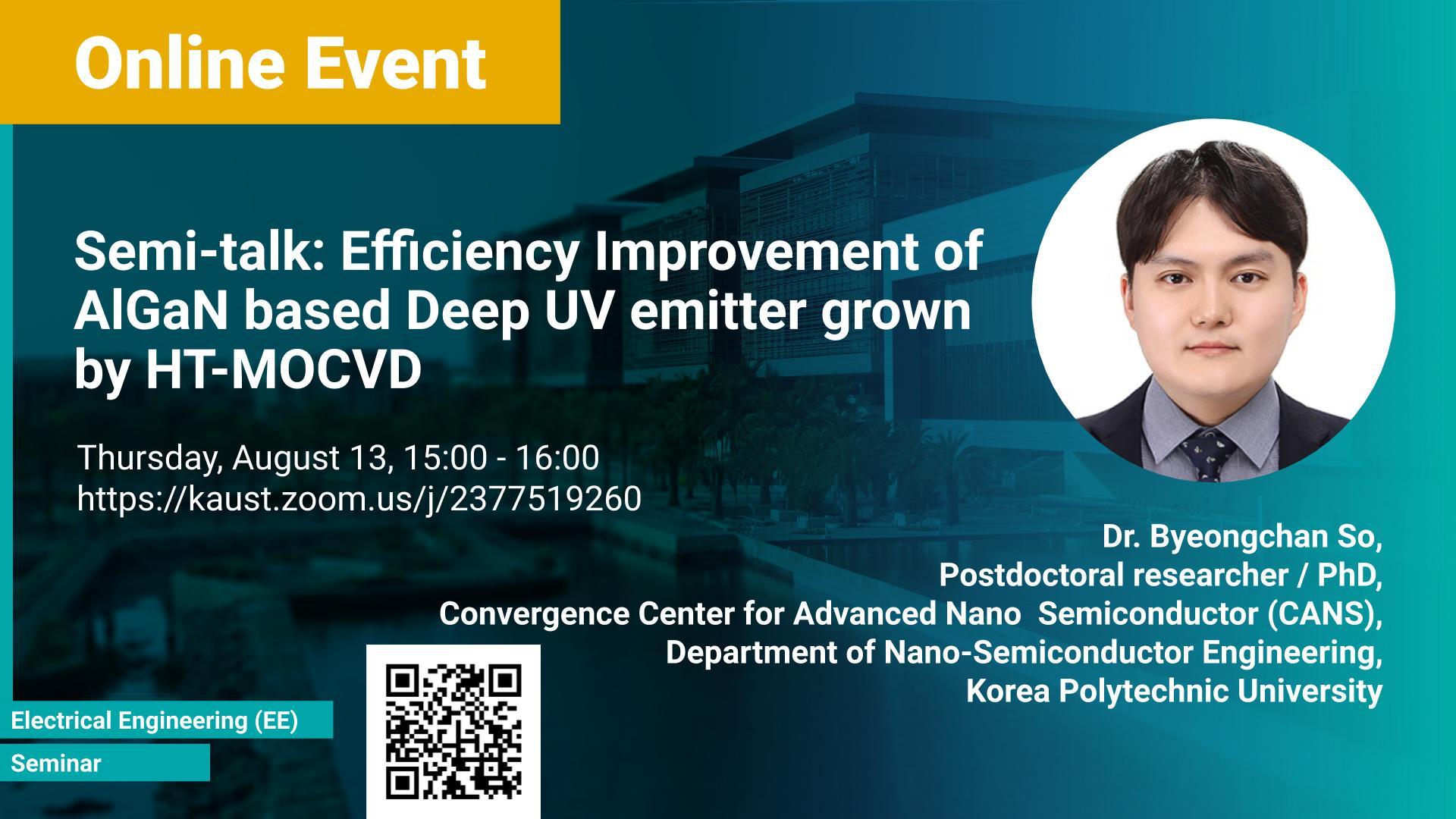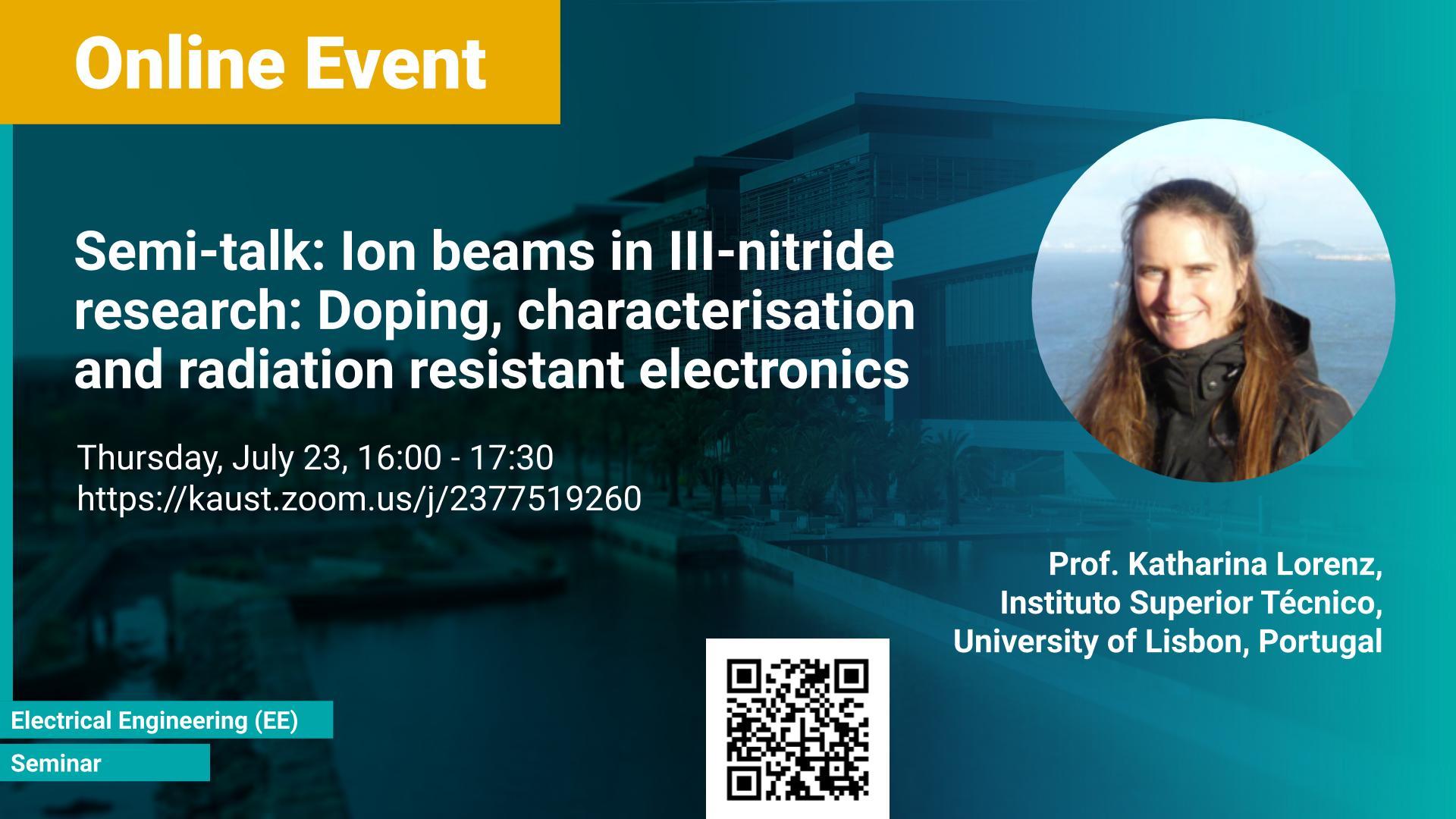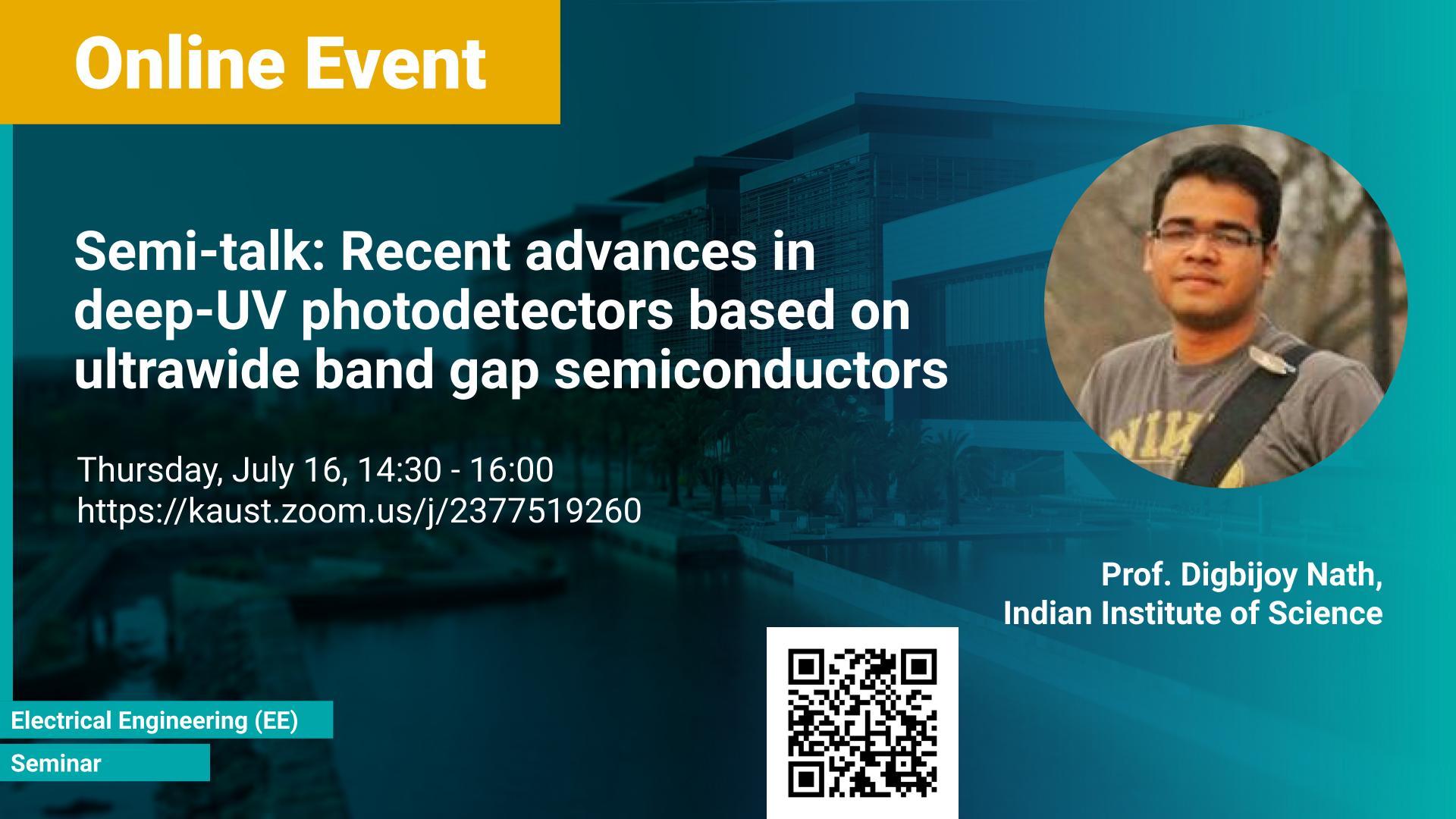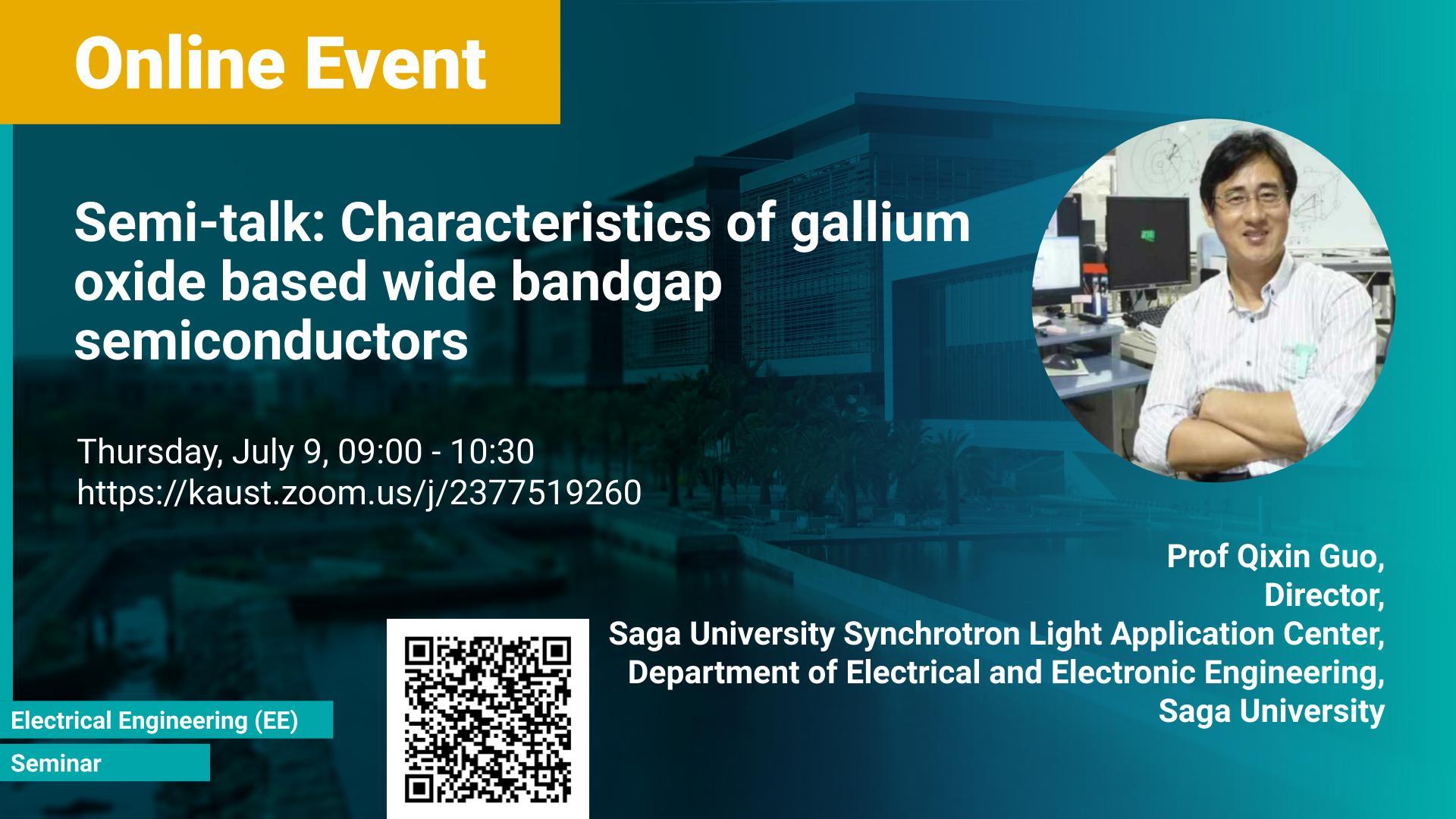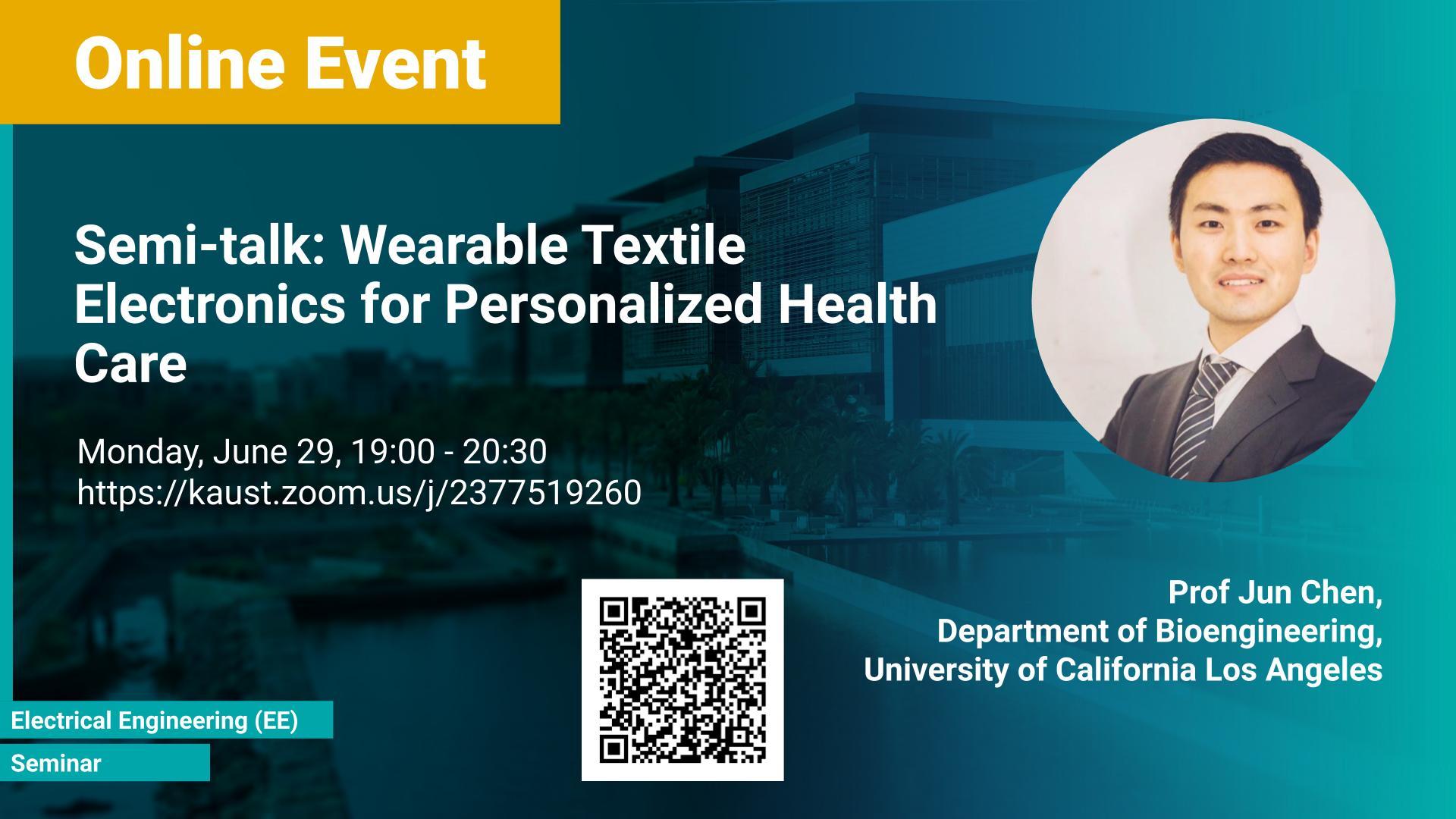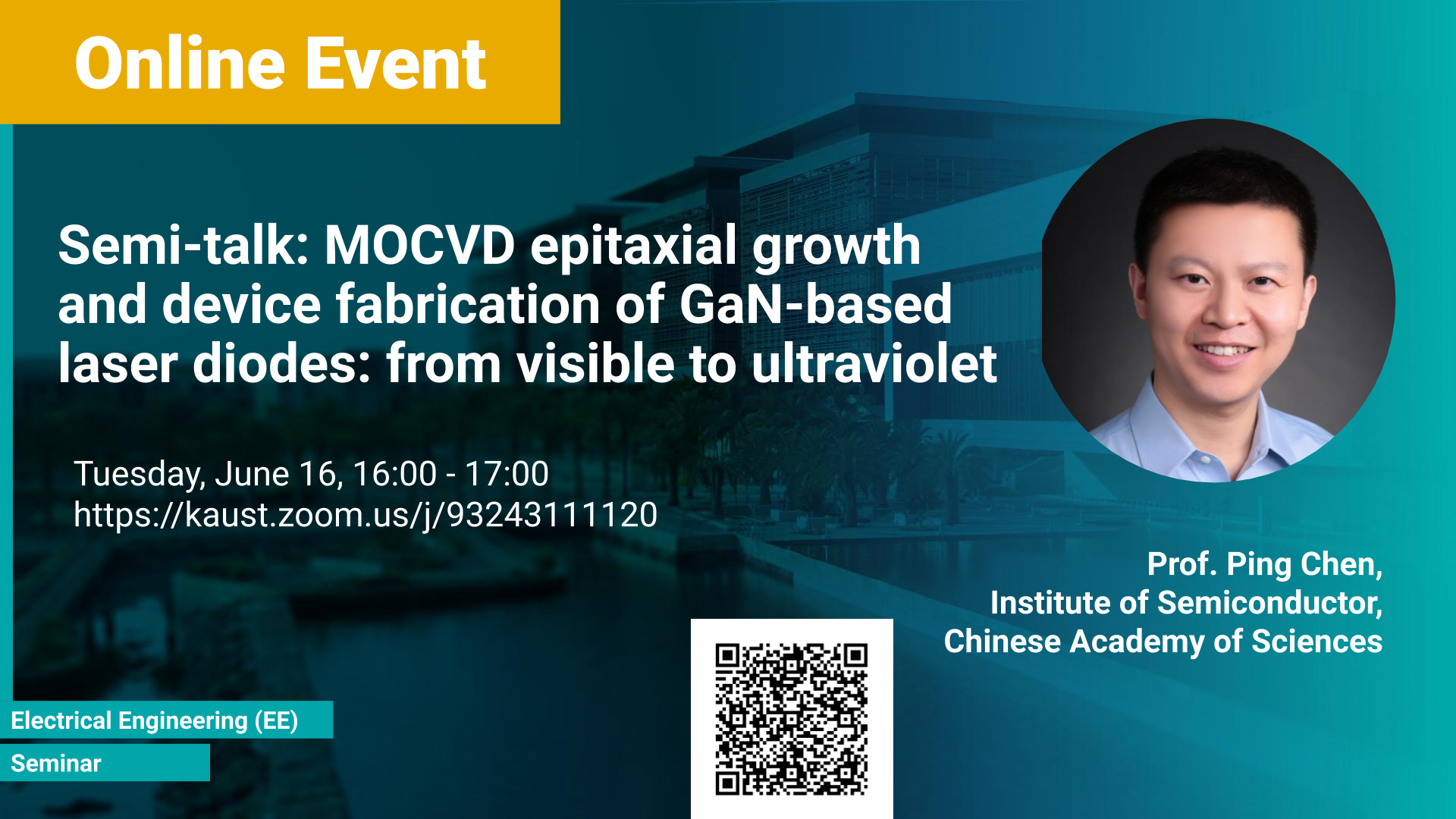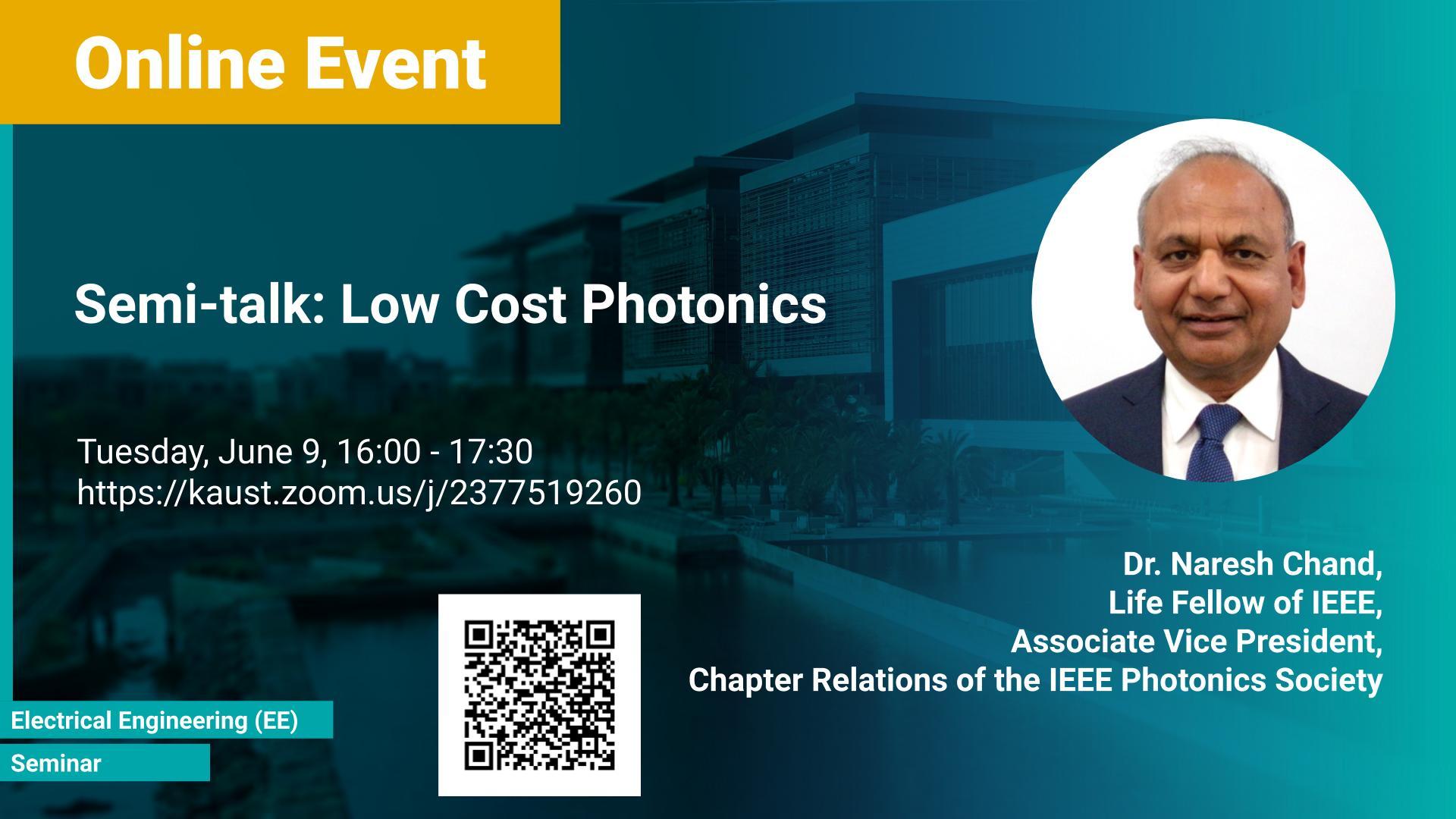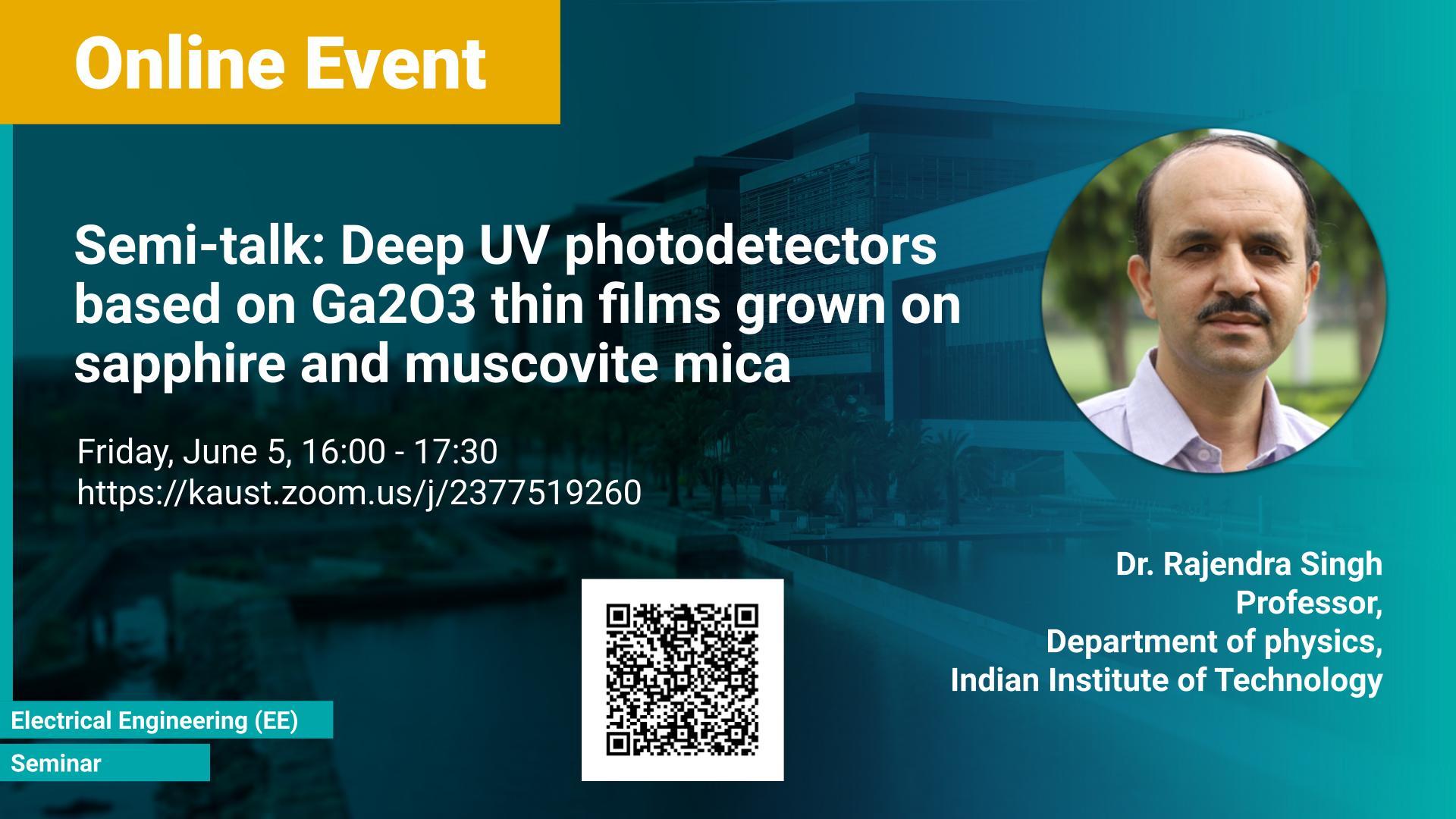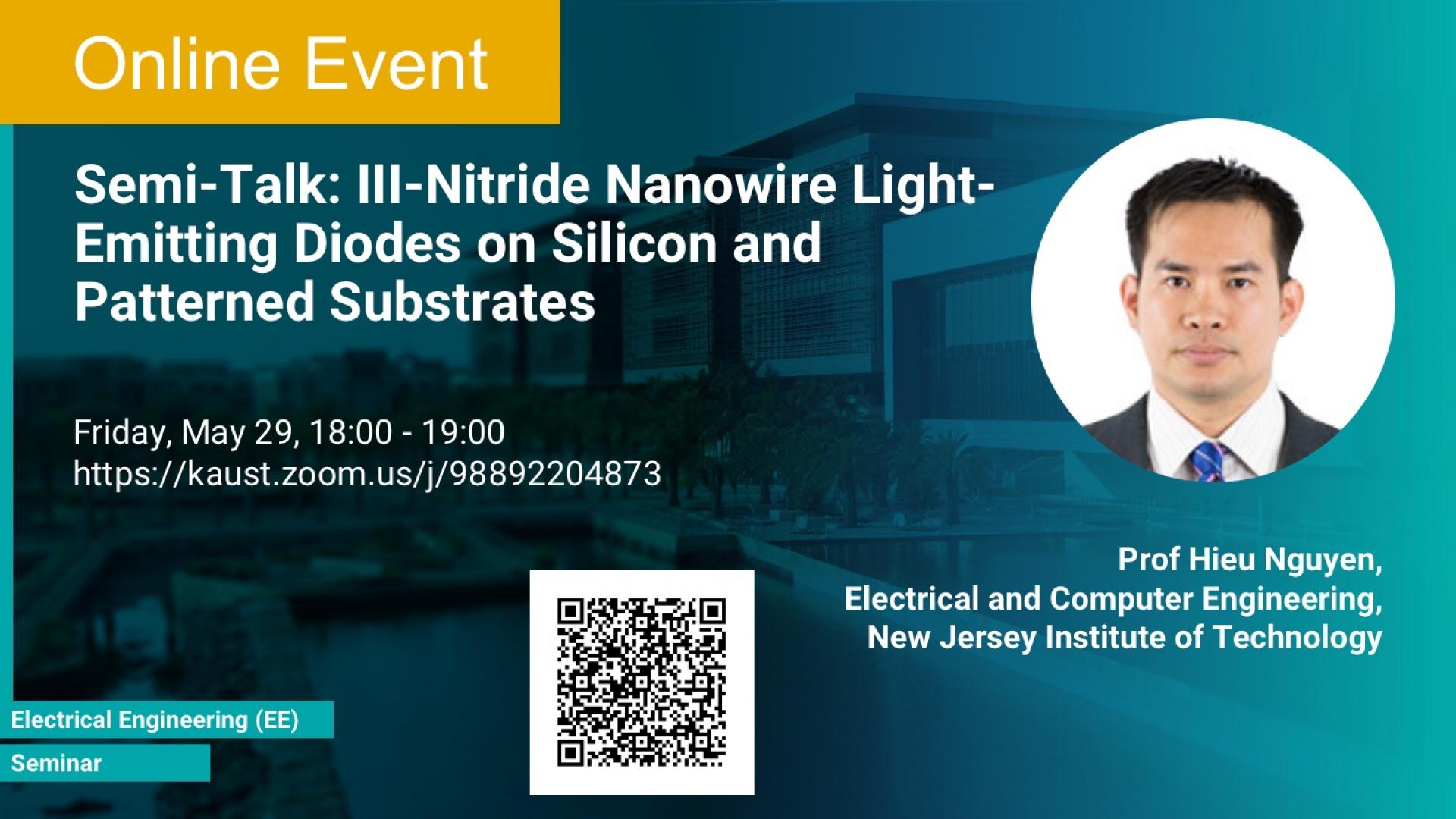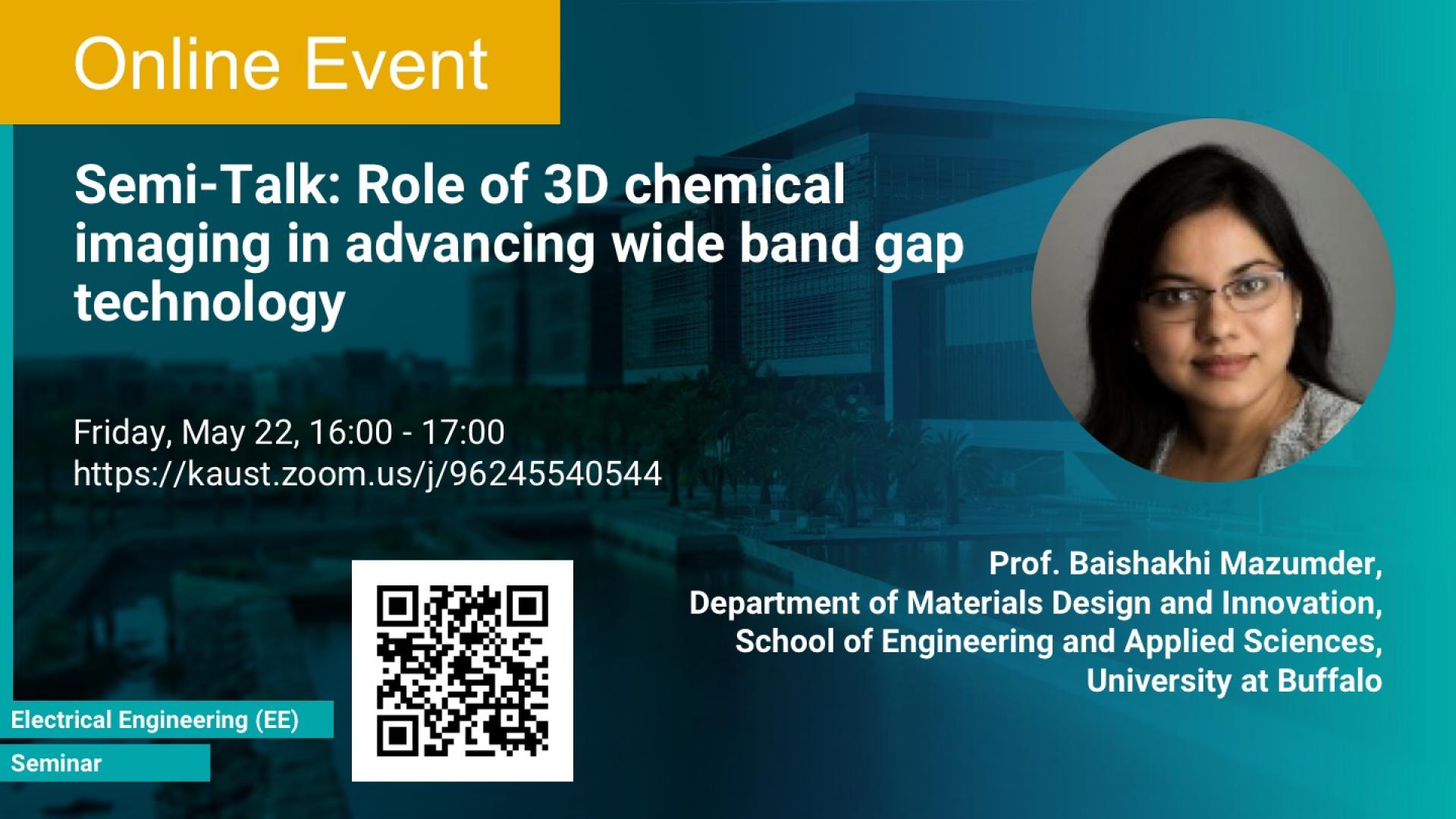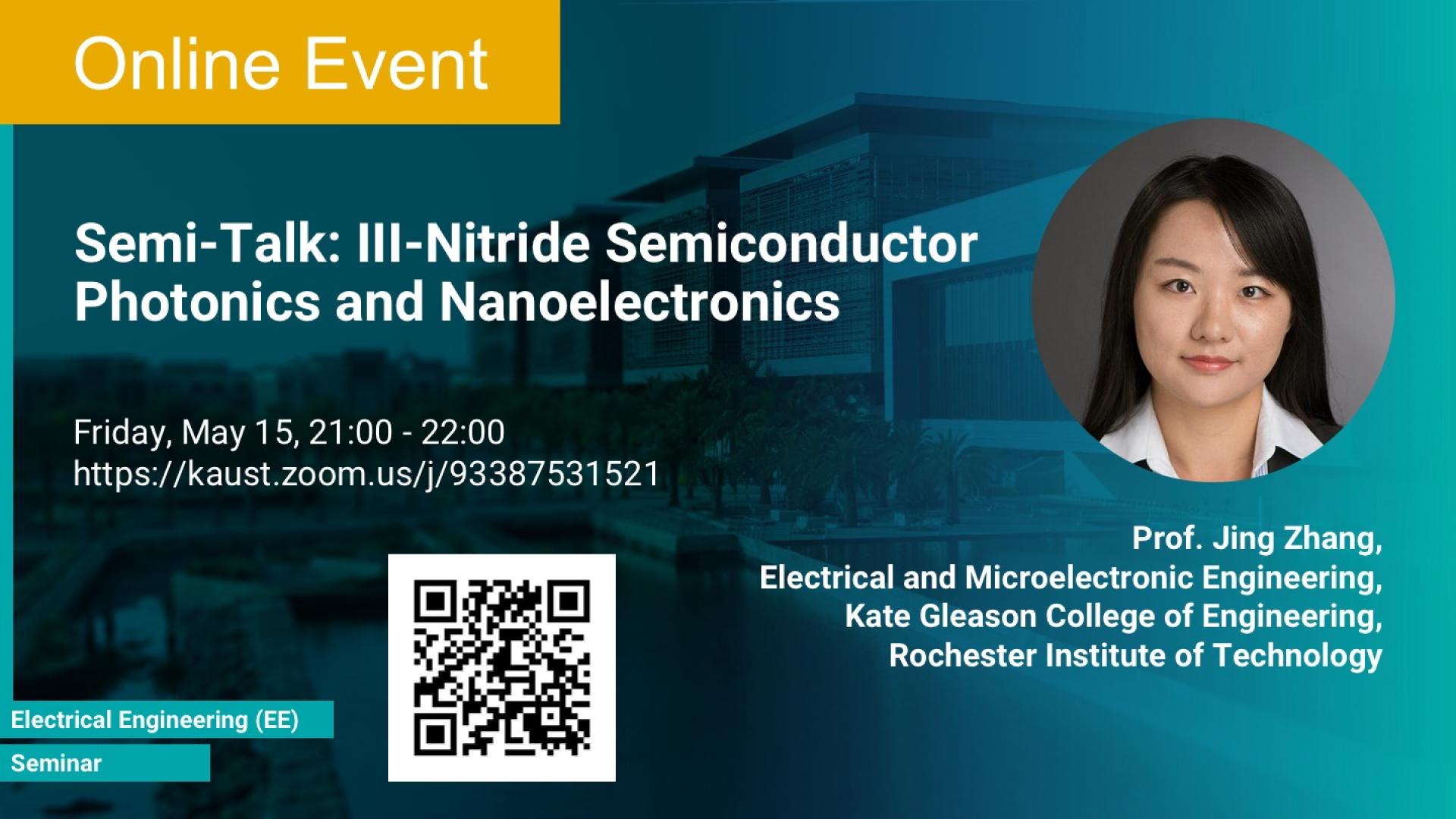Integrated Photonics Laboratory; Smart, Advanced Memory devices and Applications Laboratory; Photonics Laboratory; Advanced Semiconductor Laboratory
Saturday, September 03, 2022, 09:00
- 17:00
Building 3, Level 5, Room 5209
The Compound Semiconductor Weekend will focus on some of the most important research areas on the beautiful KAUST campus by the Red Sea. It features 18 invited and contributed oral talks and a poster competition.
Semiconductor technology is a major foundation of the third and fourth Industrial Revolutions as well as the modern society. While silicon remains as the widest-employed semiconductor, compound semiconductors have emerged from lab research to becoming the second most widely used within a short period of time. This is because compound semiconductors could possess multiple superior key properties simultaneously. They include high speed, high power, and efficient light emission and absorption, as well as that they can be produced in large scale at low cost and are highly robust. As a result, they have become cornerstones of many crucial technologies including lighting, display, communication, space exploration, and electric vehicles.
While semiconductor researchers are plowing deeper for those technologies, compound semiconductors attract increasing attention for future computing, memory, and quantum information science as the pursuit of Moore’s Law has slowed down dramatically when the size of silicon transistors is approaching the physical limit of a few atoms.
